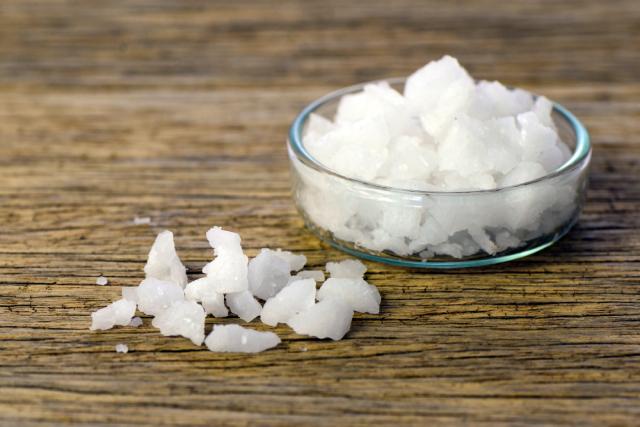
While slowing global warming appears a fascinating challenge on the surface, it comes intertwined with various other obstacles. One of the biggest challenges rests in creating technologies that can fulfill modern demand without posing a threat to nature. The global size of the magnesium hydroxide industry in 2022 was 773.0 billion, and the industry is projected to grow during the forecast period from 2023 to 2030 at a compound annual growth rate (CAGR) of 6.9%, which would place the industry value at 1,319.6 billion by 2030. Here, magnesium hydroxide literally shines by providing safety and effectiveness as a silicate mineral. Magnesium hydroxide does it all, from treating wastewater to being a flame retardant.
The changes made to the magnesium hydroxide industry are the product of necessitating pro-environmental mindsets shifting towards greener practices and approaches. The new mindset to be less destructive towards the environment, which stems from the increased environmental awareness, has made magnesium hydroxide a prominent and preferred material in the world of safer and sustainable manufacturing. Unlike most, if not all, commonly utilized industrial chemicals, magnesium hydroxide is unique in that it does not have any toxic byproducts when it is being utilized. Rather, its usage is environmentally and socially friendly. More so, it is biodegradable and non-toxic, which means it can serve a multitude of other purposes.
Reducing Carbon Emissions and Phasing Out Hazardous Chemicals
The high-priority troublesome area for increasing the number of industries is reducing carbon emissions and hazardous waste. Magnesium hydroxide proves valuable in ecological wastewater treatment because it neutralizes acidic water without generating harmful residues.
For instance, conventional sludge pH adjusters such as lime or caustic soda may lead to excessive and unwanted sludge formation or secondary effluent contaminants. In contrast, magnesium hydroxide is nonvolatile, works slowly, gives better pH control at discharge, and provides cleaner effluent water, which makes it favorable among mining, papermaking, and metalworking industries, which are highly regulated by the green movement.
In flame retardants, magnesium hydroxide is helping to eliminate halogenated compounds that were easily accessible and ecologically damaging. By switching to green flame retardants such as magnesium hydroxide, manufacturers are able to reduce their harmful emissions and commit to more sustainable practices.
International Regulatory Efforts for Safer Alternatives
Businesses are being compelled to operate on sustainable grounds due to regulations set by governments and NGOs around the world. Complex rules like the European Union’s REACH framework, along with global concerns of environmental safety, are compelling industries to adopt new standards of replacing harmful solvents and chemicals with eco-friendly ones such as magnesium hydroxide.
For example, these practices allow for the treatment of various types of wastewater in a more eco-friendly fashion, and governments are ready to give more support from their side. Non-toxic and easy-to-use magnesium hydroxide helps businesses remain compliant and simultaneously strengthens their commitment towards sustainable practices.
Final Thoughts
Magnesium hydroxide may be treated as a compound, but it is regarded as one of the steps towards achieving a sustainable future. Providing nontoxic flame retardants, helping in the treatment of water, and minimizing carbon emissions helps a lot of industries. Its effects are widespread, and all of them are incredibly beneficial to the environment. Undoubtedly, in the future, magnesium hydroxide or any other eco-friendly substance is likely to maintain manufacturing ethics and ecologically friendly practices.






